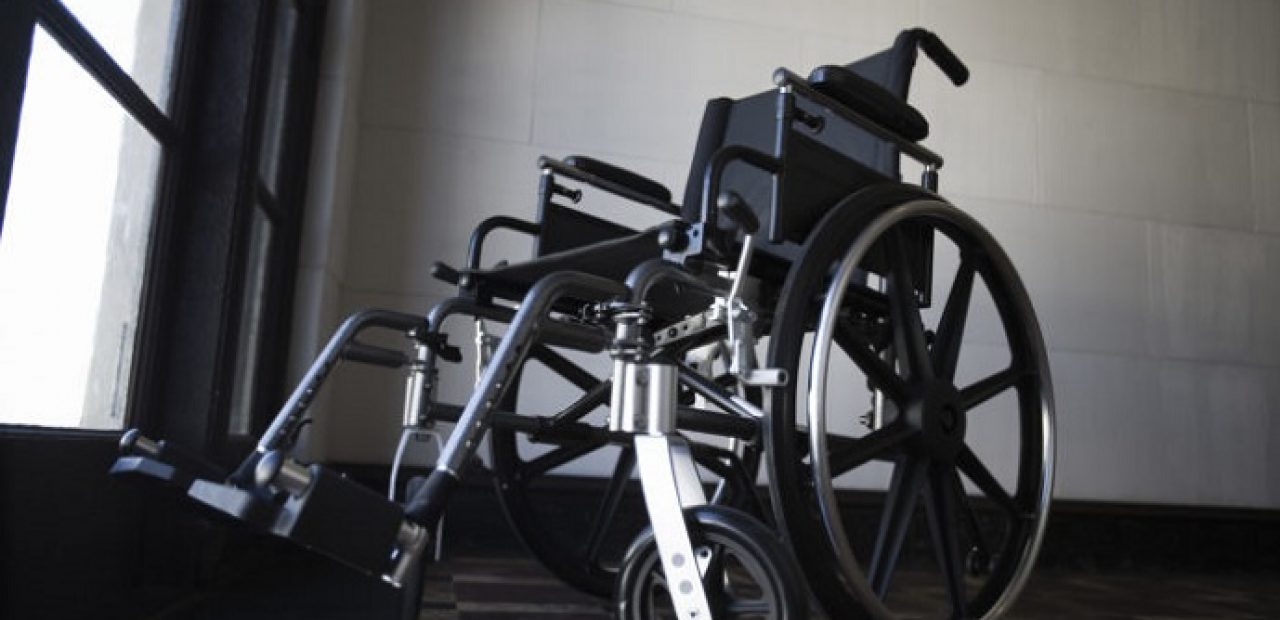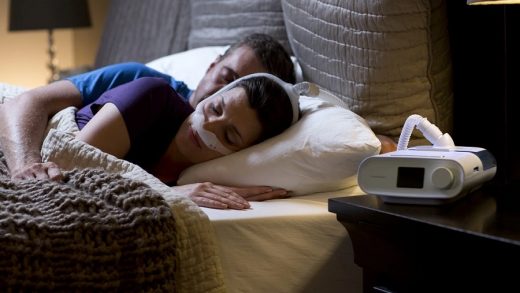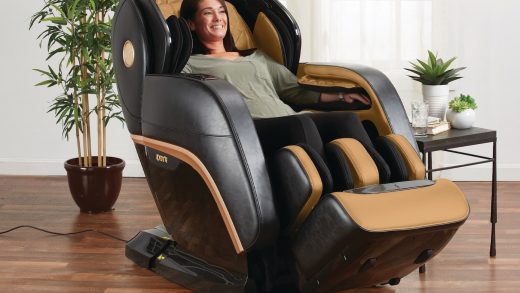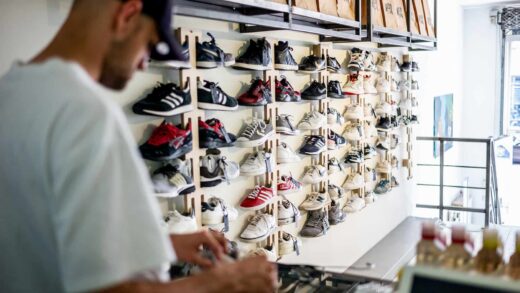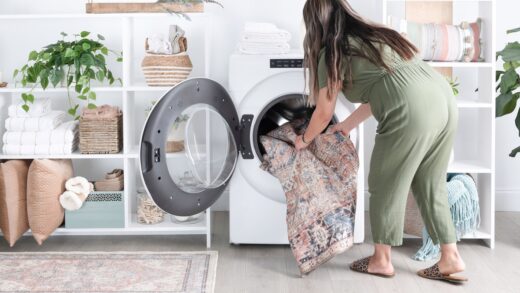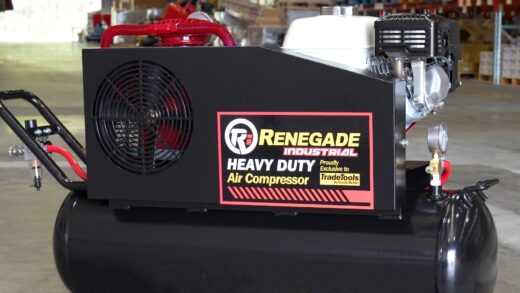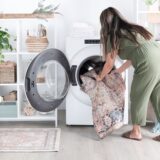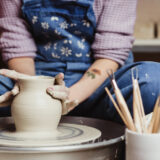Remaining Independent: the Importance of Disability Equipment for Seniors
I’m lucky to still have my wonderful and fierce grandparents who have survived blistering hot summers, various strains on their health and being miles away from their closest ones. Yet, with the recent arthritis diagnosis my grandmother received, and the mild stroke that weathered my grandfather, daily life suddenly became a struggle for them.
When age begins to take its toll on a person’s quality of life in one way or another, the usual options are to move in with some of your closest relatives, hire an in-home care giver or move to an assisted living community. Choosing either of these options means being dependent on other people, which was out of question for my stubborn grandma who still wanted to be the boss in her household. And I can’t blame her, that’s what I would do too.
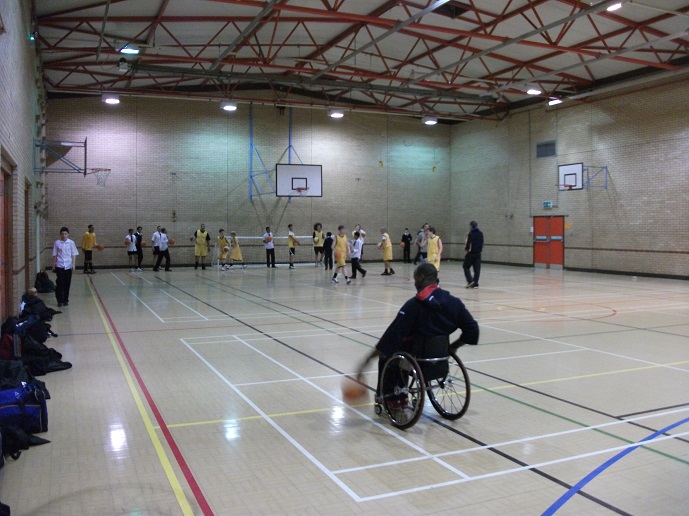
Actually, remaining independent even well into old age is thought to have a positive health effect, keeps a person’s spirits up and prevents age-related depression from setting in. And most of the elderly would gladly remain in their homes without any outside help, as long as that’s possible. Today, thanks to all the advanced disability equipment for elderly, ageing in place is an entirely possible and sometimes preferable option.
Products designed to retain seniors’ independence and help them safely accomplish daily tasks have exploded in recent years. In fact, if you do the math, fitting an entire house with senior disability equipment can come at a fraction of the cost of managed care options. The right home care products can provide your loved ones with security, help them preserve their dignity and give you some peace of mind. After reading the many horror stories about nursing homes, and carers beating and robbing their patients, I started thinking twice about the prospect of entrusting my loved ones to another person.
But there are also plenty of good reasons why the home of an old person should be fitted with disability equipment. For one, it increases safety. Grab rails installed in the bathroom can give the person something to hold on for support and prevent falls in this slippery area. Walking sticks and wall grabs can help elderly with balance issues move around the house with greater ease. On the other hand, many aids such as dressing sticks, button hooks and sock applicators can help preserve a person’s privacy and sense of dignity.
And these are just a few of the common types of disability aids. But the benefits of disability equipment for the elderly extend further beyond the limits of their homes. For instance, walking aids can help the elderly and feeble individuals maintain active relationships within their community and make autonomous trips to nearby stores.
I strongly encourage you to think about these helpful aids for your loved ones and research about what’s best for them. Making your elderly family members’ home more accessible with various disability products such as ramps or rails, can help them accomplish daily living tasks with less effort and improve the overall quality of life. Taking better care of the people that gave you life or helped raising you is the least you can do to return the favour.

